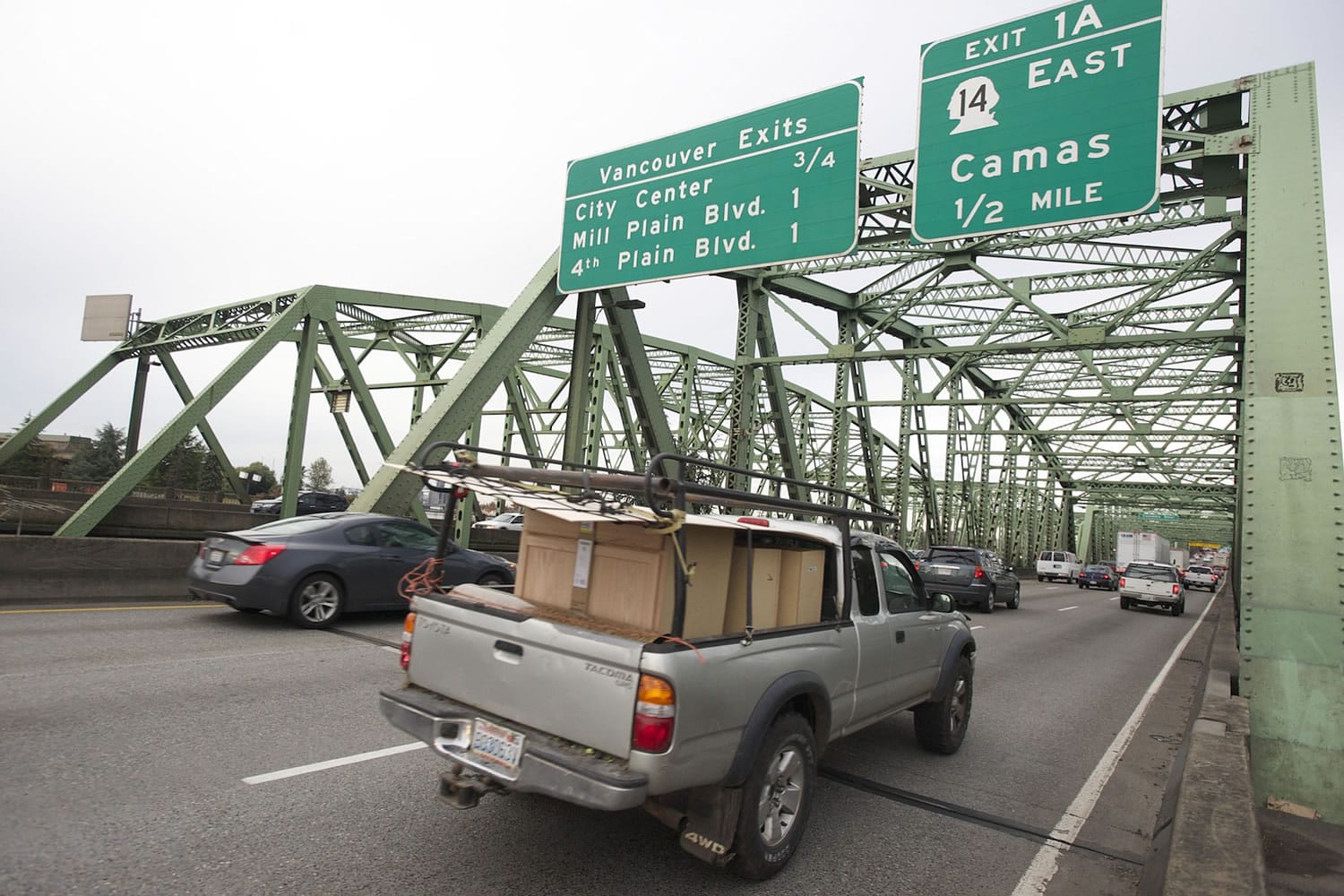A report completed last month may have quietly marked a major shift in the way Washington plans for its transportation needs.
As it does every year, the Washington State Department of Transportation prepared a long-term forecast of traffic volume, measured as “vehicle miles traveled.” But this year’s version did something most official traffic models don’t do.
It predicted a long-term decline.
The updated projection represented a complete about-face from even last year, when WSDOT predicted an uninterrupted increase in vehicle miles traveled for the next 30 years.
The stark shift caught the attention of many observers, including the Sightline Institute, a Seattle-based think tank. In an item published for Sightline last week, deputy director Clark Williams-Derry said the new forecast better reflects reality. He called it “far and away the most responsible official traffic forecast I’ve seen from any government agency, ever.”
The change could have far-reaching implications for transportation planning and revenue in the coming years, Williams-Derry said in an interview.
“It really is a sea change in how the state is looking at future traffic trends,” Williams-Derry said. “I think it’s a healthy change.”
For decades, forecasts have predicted a steady rise in traffic volumes on Washington roads. For decades, actual traffic patterns did just that. But the trend began to level off about 10 years ago, and traffic volumes have remained mostly flat since then.
As recently as last year, WSDOT’s forecast predicted traffic volumes to begin growing again, then continue on that path for the foreseeable future. But a revised projection this year marked a stark change: After a modest uptick for the next few years, the agency now expects vehicle miles traveled to steadily decline until at least 2043.
The report cited several reasons for that change, among them expectations of lower vehicle registrations, higher fuel prices and a different formula used to calculate the figure. The forecast was prepared for the state Transportation Revenue Forecast Council.
Like other states, Washington depends largely on fuel taxes for its transportation needs. But a drop in overall traffic volumes doesn’t necessarily mean a drop in revenue, said WSDOT spokesman Lars Erickson. That’s because freight traffic — a big driver of tax revenue — continues to grow even as the overall picture changes, he said.
“More individuals may be using different modes of transportation,” Erickson said. “There can be a decrease in the individuals that are driving out there, but freight is still increasing.”
WSDOT did significantly lower its fuel tax revenue expectations in 2010, Erickson said. This year’s traffic forecast is not directly connected to any state budget because Washington doesn’t tax vehicle miles traveled, he said.
Williams-Derry sees broader implications in the new forecast. In the past, transportation policy has been built around “the idea that traffic will grow forever” — and that’s just not the case, he said. If state officials have to continue lowering their expectations for revenue, they’ll have to prioritize differently, Williams-Derry said.
Many of WSDOT’s recent projects were paid for with borrowed money. Almost half of the fuel taxes now collected in Washington are used for debt service. Williams-Derry said a tighter squeeze on transportation dollars could mean a higher threshold for new projects to get built, particularly megaprojects such as replacing the Interstate 5 Bridge.
“It raises the bar for both demonstrating need and economic viability, financial viability,” Williams-Derry said.
Locally, WSDOT has already shifted its strategy to make its resources go further. Planners have eyed smaller fixes to get more life out of the existing highway system without big-ticket projects. Regional officials have said they’re changing their approach because of shaky funding prospects at the state and federal level.
Washington lawmakers raised the state gas tax in 2003 and 2005, funding a slew of new projects across the state, including several in Clark County. Attempts to pass a new transportation funding package have struck out two years in a row. It’s unclear whether legislators will make another run at it in 2015 during a session expected to be dominated by education funding, the budget and other issues.




